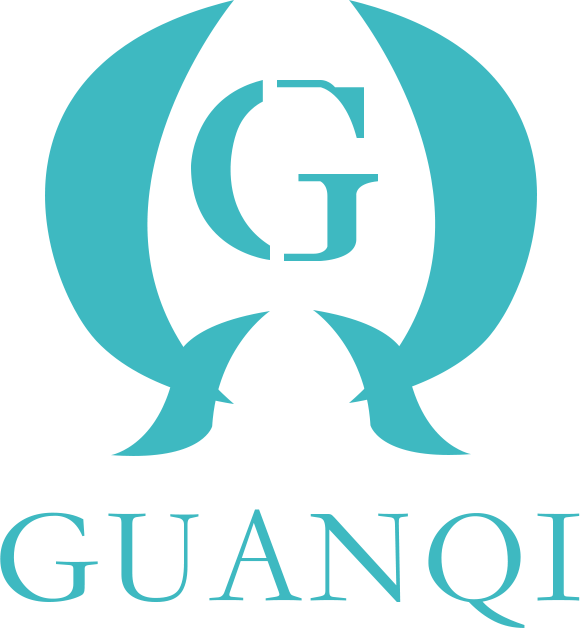Elevate Your Workspace: The Importance of Choosing the Right Executive Table
2025-08-12
In today's fast-paced business environment, the executive table serves as more than just a piece of furniture; it is a pivotal element in establishing a professional atmosphere and enhancing productivity in the workplace. When selecting an executive table, understanding its features, materials, and design options can significantly impact both functionality and aesthetics.
First and foremost, the size of the executive table is crucial. It should be large enough to accommodate meetings, paperwork, and technology without overcrowding the space. A well-proportioned table not only provides ample workspace but also ensures that the office layout remains open and inviting. Consider the dimensions of your office and the other furniture pieces that will be in the vicinity to find a balance between functionality and comfort.
Material choice is another key factor when selecting an executive table. Common materials include wood, glass, and metal, each offering distinct advantages. Wooden tables exude warmth and classic elegance, making them a popular choice for traditional office environments. On the other hand, glass tables contribute a modern, sleek look, creating an illusion of more space while allowing natural light to flow through. Metal tables, often used in contemporary settings, are durable and can be easily integrated into various design styles.
In addition to aesthetics, the design of the executive table should support a productive workflow. Features such as built-in cable management, drawer storage, and adjustable height can enhance usability. A table that allows for easy organization of office supplies and technology will minimize distractions, enabling professionals to focus on their tasks.
Moreover, the placement of the executive table within the office can affect collaboration and communication. Positioning the table in a way that allows for easy interaction with team members can foster a more inclusive work environment. It is also important to consider the surrounding decor, ensuring that the executive table complements the overall office design.
Lastly, investing in an executive table goes beyond mere appearance; it reflects the values and professionalism of the organization. A well-chosen table can leave a lasting impression on clients and colleagues alike, signaling a commitment to quality and attention to detail.
In summary, selecting the right executive table is a multifaceted decision that influences productivity, workplace atmosphere, and brand perception. By considering size, material, design, and placement, professionals can find a table that not only meets their functional needs but also enhances the overall work environment. Making an informed choice will lead to a more effective and aesthetically pleasing office space.
First and foremost, the size of the executive table is crucial. It should be large enough to accommodate meetings, paperwork, and technology without overcrowding the space. A well-proportioned table not only provides ample workspace but also ensures that the office layout remains open and inviting. Consider the dimensions of your office and the other furniture pieces that will be in the vicinity to find a balance between functionality and comfort.
Material choice is another key factor when selecting an executive table. Common materials include wood, glass, and metal, each offering distinct advantages. Wooden tables exude warmth and classic elegance, making them a popular choice for traditional office environments. On the other hand, glass tables contribute a modern, sleek look, creating an illusion of more space while allowing natural light to flow through. Metal tables, often used in contemporary settings, are durable and can be easily integrated into various design styles.
In addition to aesthetics, the design of the executive table should support a productive workflow. Features such as built-in cable management, drawer storage, and adjustable height can enhance usability. A table that allows for easy organization of office supplies and technology will minimize distractions, enabling professionals to focus on their tasks.
Moreover, the placement of the executive table within the office can affect collaboration and communication. Positioning the table in a way that allows for easy interaction with team members can foster a more inclusive work environment. It is also important to consider the surrounding decor, ensuring that the executive table complements the overall office design.
Lastly, investing in an executive table goes beyond mere appearance; it reflects the values and professionalism of the organization. A well-chosen table can leave a lasting impression on clients and colleagues alike, signaling a commitment to quality and attention to detail.
In summary, selecting the right executive table is a multifaceted decision that influences productivity, workplace atmosphere, and brand perception. By considering size, material, design, and placement, professionals can find a table that not only meets their functional needs but also enhances the overall work environment. Making an informed choice will lead to a more effective and aesthetically pleasing office space.
Previous page
Previous page:
Recommended news








